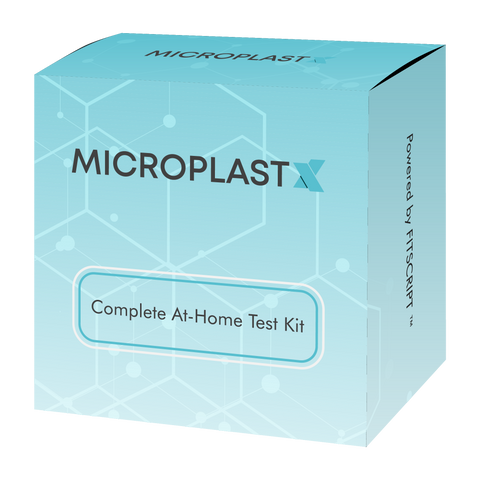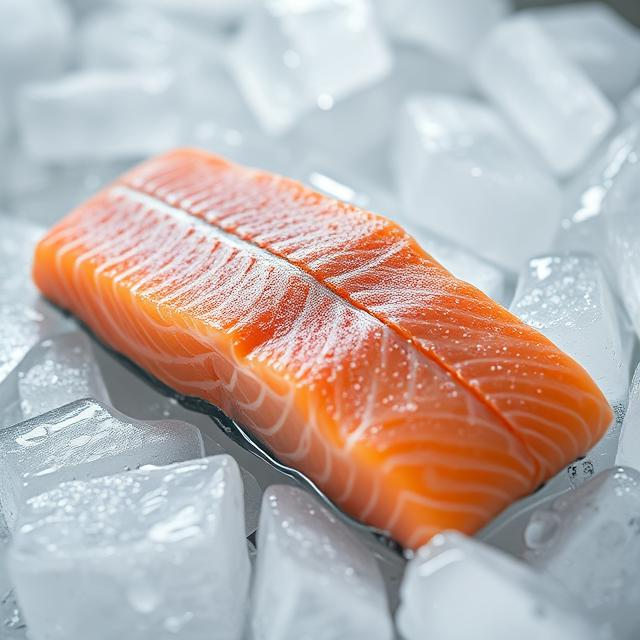How to Get Rid of Microplastics in Body?
Before understanding how to get rid of microplastics in body, it’s important to know how they get there. Microplastics enter the body in three main ways:
-
Ingestion through food and water, especially seafood and bottled beverages
-
Inhalation of airborne particles in dust, clothing fibers, and polluted air
-
Absorption through skin contact with personal care products and plastics
What Happens When Microplastics Enter the Body?
Once inside, these particles don’t just pass through. They can lodge in tissues, travel in the bloodstream, and stay in organs. This is why learning how to get rid of microplastics in body is such a critical step in protecting long-term health.

The Possible Health Effects of Microplastics Accumulation
While science is still catching up, early studies point to serious risks. Microplastics can cause:
-
Cellular inflammation
-
Hormone disruption
-
Gut microbiome imbalance
-
Oxidative stress
All of these effects can lead to fatigue, digestive issues, and other health concerns. If you don’t actively explore ways to eliminate microplastics from body systems, they may accumulate over time.
Natural Defenses Have Limits
Your body does try to eliminate microplastics from body tissues through natural detox systems. The liver, kidneys, and immune system all work around the clock. But microplastics are persistent, and often too small or chemically resistant to flush out without support.
That’s why learning effective microplastics detox methods matters. It’s not just about minimizing exposure; it’s about understanding how to get rid of microplastics in body using intentional, evidence-based strategies.
At MicroplastX, we believe knowledge is the first step. When you're aware of what microplastics can do, you're empowered to take action. Our microplastics blood test kit helps measure exactly what’s circulating in your bloodstream, giving you a clear baseline to work from.
Whether you're concerned about daily exposure or long-term effects, tracking what’s inside helps guide your plan to eliminate microplastics from body systems in a meaningful way.
Detoxification: Can the Body Eliminate Microplastics?
If you're asking how to get rid of microplastics in body, your first step is understanding how detoxification works naturally. The human body already has systems in place:
-
Liver breaks down toxins so they can be excreted
-
Kidneys filter waste from the bloodstream
-
Lymphatic system removes cellular waste and supports immune function
-
Gut binds and excretes unwanted materials
These systems do their best to eliminate microplastics from body tissues, but they weren’t built to handle the scale of modern microplastics contamination. We are now facing exposure through air, food, water, and skin—nearly every day.
What Slows Down Detoxification
Your ability to use natural microplastics detox methods depends on a few key factors:
-
Hydration levels: Not drinking enough water can impair kidney function
-
Poor diet: Lack of fiber and antioxidants slows down toxin removal
-
Stress and inflammation: Can weaken detox pathways over time
-
Environmental overload: Constant exposure can outpace your body’s defenses
If you don’t take supportive steps, your body might struggle to eliminate microplastics from body systems effectively. That’s why active support is necessary.
Knowing how to get rid of microplastics in body isn’t just about one-time fixes—it’s about creating an environment where your body can do its job without being overwhelmed.
How to Support Detox Naturally
Supporting detox doesn’t mean doing extreme cleanses. The most effective microplastics detox methods are simple, consistent, and backed by science. We’ll cover specific foods and habits in the next section, but here’s a short list of essentials to start with:
-
Drink clean, filtered water
-
Get enough sleep
-
Eat fiber-rich, plant-based foods
-
Move your body regularly
-
Reduce stress levels through mindfulness or relaxation
To truly measure the impact of these habits, we always recommend baseline testing. At MicroplastX, we offer a microplastics blood test kit that shows whether your detox plan is making a difference.
Using our kit helps answer one of the most important questions: are you succeeding in your efforts to eliminate microplastics from body systems, or are they still accumulating? With the data, you can refine your approach and make targeted improvements.
If your goal is to learn how to get rid of microplastics in body and stay healthy in the long run, testing is the most effective starting point.

Tracking Detox Progress Using MicroplastX’s Blood Test Kit
After committing to microplastics detox methods and making lifestyle changes, tracking your progress is essential. Understanding how to get rid of microplastics in body becomes clearer when you can measure your results over time. The key to this is reliable, personalized testing.
Using our advanced microplastics blood analysis kit, you can measure precisely how much plastic is currently in your bloodstream. This testing provides a clear baseline for your microplastics detox methods. Knowing your starting point helps you understand how much progress you’re making in eliminating microplastics from body systems.
Why Personalized Microplastics Data Is Essential
Everyone’s microplastics daily intake and human microplastic consumption levels vary. Factors like environment, diet, and occupation influence how much microplastics do we consume. This variability means guessing your exposure isn’t enough for effective detox.
The personalized data you get from MicroplastX lets you tailor your microplastics detox methods specifically to your needs. You can focus on areas that matter most, making your efforts to eliminate microplastics from body tissues efficient and targeted.
The more informed you are, the more effectively you can reduce microplastics daily intake and human microplastic consumption over time.
Using Your Test Results to Guide Detox Actions
Once you receive your detailed report from the MicroplastX microplastics blood test kit, you’ll have insight into your personal microplastic burden. Reflect on your past habits like bottled water consumption, plastic food containers, or exposure to polluted environments. These details can explain why your microplastics levels are at their current point.
Armed with this data, you can adjust your microplastics detox methods by improving your water filtration, changing dietary habits, and reducing plastic contact in daily life. Regular retesting with the MicroplastX microplastics blood analysis kit helps you stay on track and adapt as needed.
Confirm Your Progress With Science
Choosing to monitor your microplastics levels with MicroplastX means your detox journey is grounded in science. You’re not just hoping your methods work—you’re confirming it with measurable data. This approach maximizes your chances of truly eliminating microplastics from body systems effectively.
Long-Term Strategies for a Microplastic-Free Lifestyle
Once you've started learning how to get rid of microplastics in body, sustaining your results requires long-term commitment. Microplastics detox methods aren’t one-off fixes—they’re lifestyle changes that reduce daily microplastics daily intake.

Establishing ongoing habits helps eliminate microplastics from body tissues and prevents future accumulation. Instead of temporary detoxes, build habits that keep microplastic exposure low every day.
Simple Swaps to Lower Plastic Exposure at Home
Start by replacing plastic items with safer alternatives to reduce human microplastic consumption:
-
Use glass or stainless steel containers instead of plastic food storage
-
Wrap food in beeswax or cloth instead of plastic wrap
-
Choose bamboo, wood, or metal utensils over plastic ones
-
Store pantry goods in glass jars
-
Avoid canned foods lined with plastic coatings
-
Swap synthetic sponges for natural fiber cleaning tools
These gradual changes make a big impact in how much microplastics do we consume through everyday contact with plastics.
Choose Food and Water Intentionally
A long-term reduction in microplastics daily intake also comes from food and water choices. Always use high-quality filtration systems such as reverse osmosis or multi-stage filters to reduce microplastics in drinking water.
Opt for fresh, unpackaged produce and organic foods when possible. Avoid microwave meals and snacks wrapped in plastic packaging, as heating plastics can increase microplastic contamination.
Each choice reduces your microplastics burden and supports your goal to eliminate microplastics from body tissues permanently.
Continue Testing With MicroplastX
Ongoing testing is crucial for ensuring your microplastics detox methods remain effective. Our microplastics blood test kit is designed for repeated use, letting you measure how much microplastics do we consume and how your levels change over time.
At MicroplastX, we believe that empowering yourself with personalized data is key to managing human microplastic consumption. This knowledge lets you adapt your lifestyle for maximum detox success.
Build a Home Environment That Supports Detox
Reducing microplastic exposure isn’t just about food and water. Your living space plays a huge role. Use natural materials when possible, keep your home dust-free with HEPA filters, and ventilate regularly. Avoid synthetic fragrances, vinyl flooring, and polyester textiles that shed microplastics.
Creating a home environment that aligns with your detox goals makes it easier to eliminate microplastics from body systems and maintain a cleaner, healthier life.




